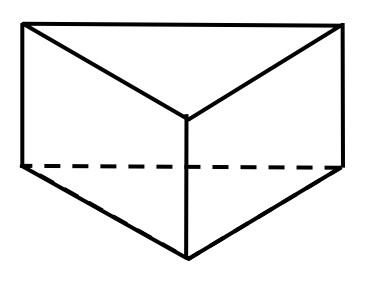Science
Grade Levels: 7th Grade, 8th Grade, 9th Grade, 10th Grade, 11th Grade, 12th Grade,
Topics: Physics
Concepts:
• Strength-to-weight ratio
• Alloy
• Measuring weight in kilograms and grams
• Creating and comparing ratios
• Carrying out an investigation procedure
Lesson:
Procedure: Prepare for presentation the Futures Channel movie, Ares: Building the Upper Stage.
Tell students that they will be watching a movie about people who are trying to figure out the best way to build rockets. Ask students to work individually or in pairs for a few minutes to respond to this prompt:
If you were manufacturing the outer shell of a rocket out of some kind of metal, what properties would you want that metal to have? Why?
Accept and discuss some answers, then ask students to compare their answers to what they see in the movie.
Play the movie, Ares: Building the Upper Stage, all the way through. At the end of it, ask students what properties the engineers in the movie talked about, and focus the discussion on the concept of strength-to-weight ratio.
To demonstrate the concept of “strength-to-weight”, you will use three cardboard tubes, each 12 centimeters high, and three cylinders of the same dimensions created by wrapping and taping sheets of construction paper (that have been cut to the same height as the tubes).
You will also need a collection of books, each weighing not much more than a kilogram and of nearly the same dimensions (such as a set of encyclopedias), a digital weight scale that measures in kilograms, and a kitchen or chemistry scale that measures in grams.
Set the cardboard tubes in a triangular configuration on the floor, arranged so that they will support one of the books. Place a book on the tubes, then another, and keep going until the weight of books is sufficient to cause one of the tubes to collapse. Measure the weight of total number of books required to collapse the tubes on the digital weight scale,–this represents the “strength” of the tubes. Then measure the weight of the three cardboard tubes on the kitchen/chemistry scale, and write the ratio of the first number to the second, with the unit of “kilograms per gram.”
Now ask students to explain how you would find the strength-to-weight ratio of the paper cylinders, and use their responses as an informal assessment to ensure that the concept of strength-to-weight is understood before you continue (reteach if necessary).
Ask students to predict whether they think the paper cylinders will have a higher or lower strength-to-weight ratio than the cardboard tubes. Then perform the same demonstration with the paper cylinders, and determine their “strength-to-weight” ratios.
Once you are sure that the concept of “strength-to-weight” grasped by all students, arrange them in teams of 3-4 members each and distribute the handout. Review the instructions to be sure they are clear, and have the teams carry out the project and report on their results as described.
Note: You may wish to use this investigation as an opportunity to ensure that students understand why it’s important to change only those variables that you are investigating in a procedure of this kind, by discussing why it’s important that the structures they are testing always have the same dimensions.
Strength-to-Weight Challenge
Imagine that your team has been assigned the task of developing a procedure for determining how removing some of the material in a structure made from cardboard affects its strength-to-weight ratio.
To perform your test, you will first make an equilateral triangular supporting structure from the cardboard, such as that pictured below, with a height of 15 centimeters and each leg of the triangles equal to 15 centimeters.

Next, measure the strength-to-weight of the structure, using the procedure demonstrated by your teacher (stacking books on the structure until it collapses).
Now create another structure with the same dimensions and material as the first, but this time try cutting out some pieces of the cardboard so as to reduce the weight of the structure. Measure strength-to-weight again.
Repeat this process, trying different patterns of removing material for each of the four remaining structures. In each case, be sure that you make a record of how you removed pieces of the supporting structure, and your strength-to-weight measurements.
When you have tested 6 structures, analyze your data and determine the best way to remove material from the structure so as to improve its strength to weight ratio.
Write a report that explains the question you were investigating, the procedure you used, the data you collected and your conclusions.
